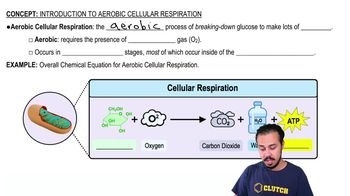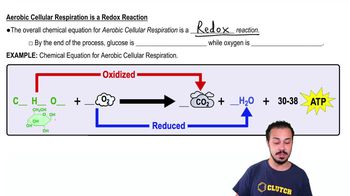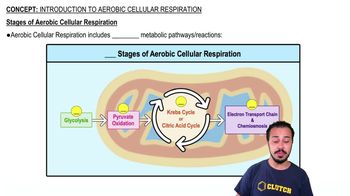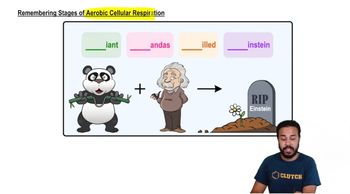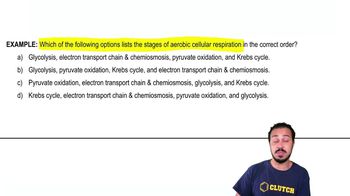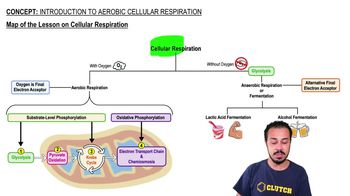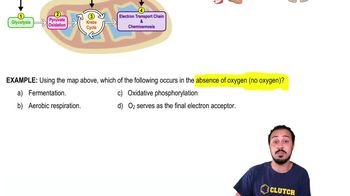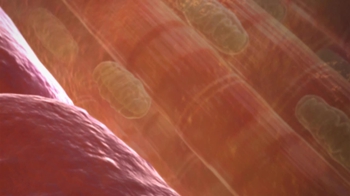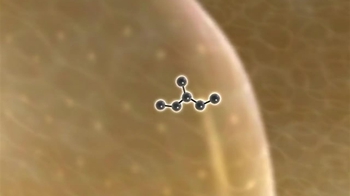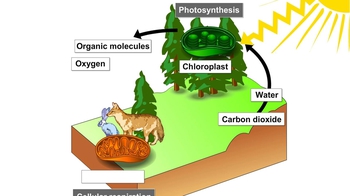3. Energy & Cell Processes
Introduction to Cellular Respiration
Learn with other creators
Practice this topic
- Multiple Choice
Which one of the following molecules is a by-product of cellular respiration?
a) Water.
b) Glucose.
c) Pyruvate.
d) Oxygen.
e) ADP.
- Multiple Choice
Which of the summary statements below describes the results of the following reaction?
C6H12O6 + 6 O2 → 6 CO2 6 H2O + Energy
a) C6H12O6 is oxidized and O2 is reduced.
b) O2 is oxidized and H2O is reduced.
c) CO2 is reduced and O2 is oxidized.
d) O2 is reduced and CO2 is oxidized.
- Multiple Choice
Based on the map of cellular respiration, why do we need to breathe in oxygen?
a) Oxygen is the final electron acceptor for lactic acid fermentation.
b) Oxygen is the final electron acceptor for alcohol fermentation.
c) Oxygen is the final electron acceptor for aerobic cellular respiration.
d) Oxygen is not important for the purposes of cellular respiration.
- Multiple ChoiceThe function of cellular respiration is to __________.
- Open QuestionWhat is a fiber composite? How do cellular fiber composites resemble reinforced concrete?
- Open QuestionA biochemist wanted to study how various substances were used in cellular respiration. In one experiment, she allowed a mouse to breathe air containing O2 'labeled' by a particular isotope. In the mouse, the labeled oxygen first showed up ina. ATP.b. NADH.c. CO2.d. H2O.
- Open QuestionWhat are the reactants and products of cellular respiration?
- Open QuestionIf you were to expose cells that are undergoing aerobic respiration to a radioactive oxygen isotope in the form of O2, which of the following molecules would you expect to be radiolabeled?a. pyruvateb. waterc. NADHd. CO2
